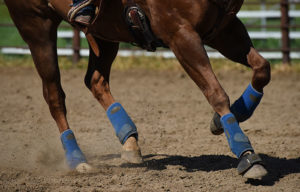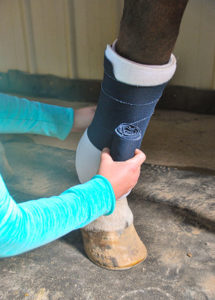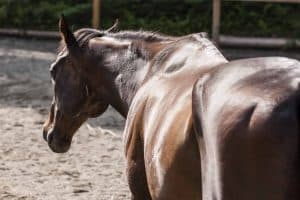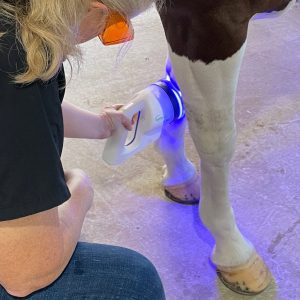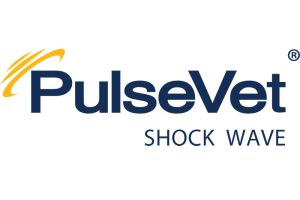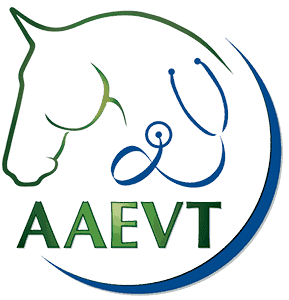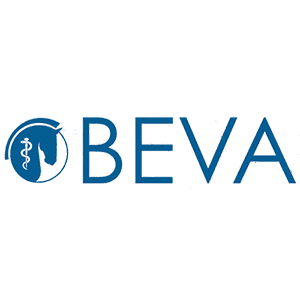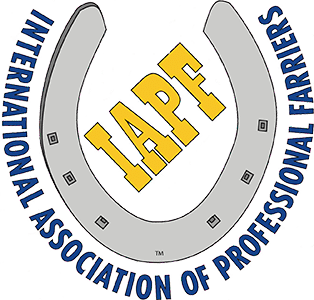Risk Factors for Biaxial Proximal Sesamoid Fractures
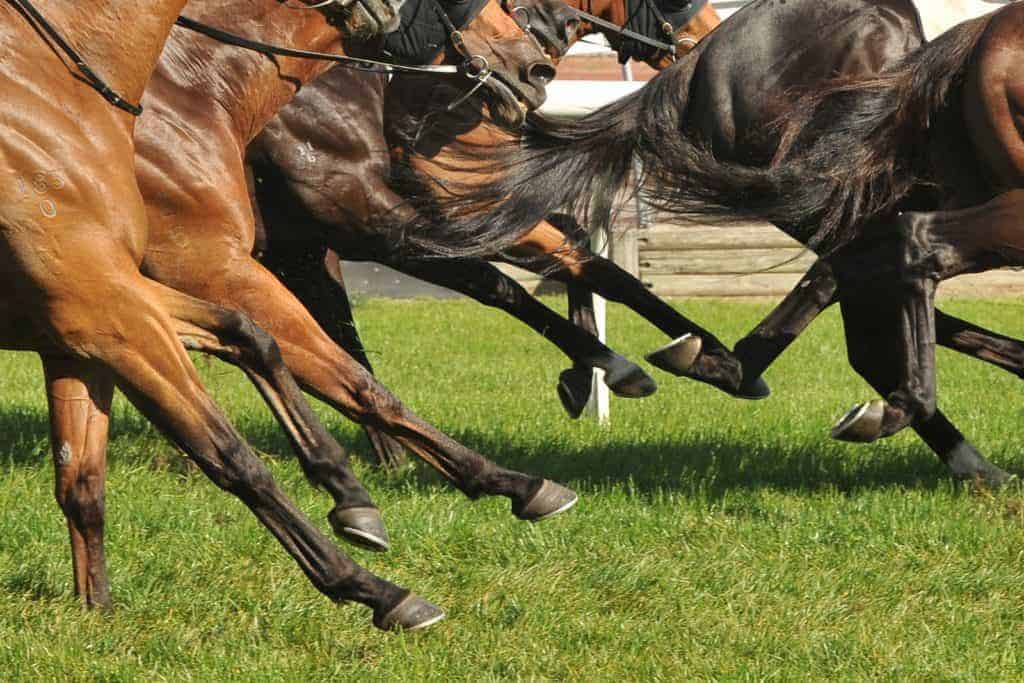
Because sesamoid fractures are common in Thoroughbred racehorses, researchers are working to better understand them and their predisposing factors. Scott E. Palmer, VMD, Dipl. ABVP, the Equine Medical Director for the New York State Gaming Commission, and colleagues recently completed a preliminary study on the risk factors associated with biaxial sesamoid fractures. He presented the results at the 2016 American Association of Equine Practitioners’ Convention, held Dec. 3-7 in Orlando, Florida.
Biaxial proximal sesamoid bone (BPSB) fractures—when the horse breaks both sesamoid bones in the same leg—are severe and often associated with damage or rupture of the suspensory ligament and flexor tendons, which run behind the fetlock joint. In some cases, these fractures also break through the skin, leaving them open to environmental contamination. Surgical repair can be complicated or impossible. As a result, Palmer said, veterinarians’ only option with many of these fractures is euthanasia.
In their study, Palmer and colleagues evaluated the histories of 20 horses with BPSB fractures as well as 40 control horses, which were randomly selected from the fields of the races in which the case horses suffered their catastrophic injuries (the “incident race”). They examined 82 different potential risk factors for each horse to find associations with BPSB fractures
Create a free account with TheHorse.com to view this content.
TheHorse.com is home to thousands of free articles about horse health care. In order to access some of our exclusive free content, you must be signed into TheHorse.com.
Start your free account today!
Already have an account?
and continue reading.

Written by:
Erica Larson
Related Articles
Stay on top of the most recent Horse Health news with
